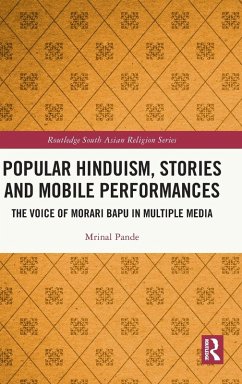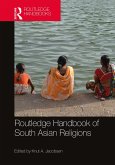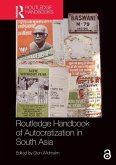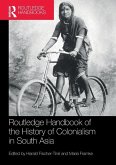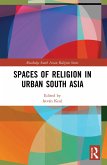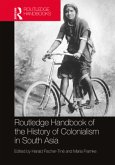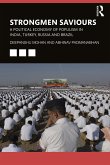This book addresses the recent transformations of popular Hinduism by focusing upon the religious cum artistic practice of Ramkatha, staged narratives of the Ramcharitmanas.
Focusing on the sensory and media experiences, the author examines the aesthetics and dynamics of the Ramkatha ethnoscape through participant-observation in everyday practices, and how it particularly, translates politics from the realm of religion. Besides being socially constructed, the Ramkatha heavily relies on technologies for its production and continuation. Negotiated through a telling of Hindu religious stories, the mediated voice of Morari Bapu, a former school-teacher turned narrator, is a major medium of performance transposed into multiple media such as theatre, stage, music and spectacle. The book engages with voice as a vehicle of meaning to scrutinize its discursive production, imagination and re-production across mobile contexts. It investigates how the transnationally disseminatedpractices re-contextualize religious subjectivities of an affective community enmeshed in spatio-sensorial modes.
The book will be of interest to academic audiences in the fields of South Asian Studies, Anthropology, Sociology, as well as Performance Studies and Religious Studies.
Focusing on the sensory and media experiences, the author examines the aesthetics and dynamics of the Ramkatha ethnoscape through participant-observation in everyday practices, and how it particularly, translates politics from the realm of religion. Besides being socially constructed, the Ramkatha heavily relies on technologies for its production and continuation. Negotiated through a telling of Hindu religious stories, the mediated voice of Morari Bapu, a former school-teacher turned narrator, is a major medium of performance transposed into multiple media such as theatre, stage, music and spectacle. The book engages with voice as a vehicle of meaning to scrutinize its discursive production, imagination and re-production across mobile contexts. It investigates how the transnationally disseminatedpractices re-contextualize religious subjectivities of an affective community enmeshed in spatio-sensorial modes.
The book will be of interest to academic audiences in the fields of South Asian Studies, Anthropology, Sociology, as well as Performance Studies and Religious Studies.

